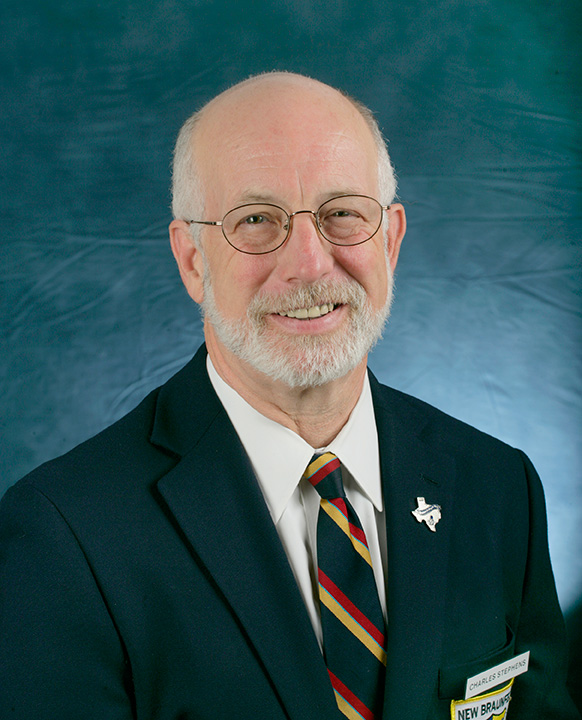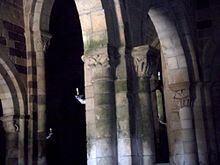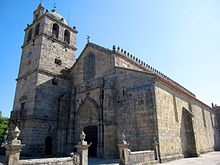 Judge Stephens, originally from Odessa, Texas, graduated from the University of Texas at Austin with a Bachelor of Science in 1981. After graduating from St. Mary’s Law School and passing the bar exam in 1984, Judge Stephens worked for a San Antonio law firm for five years.
Judge Stephens, originally from Odessa, Texas, graduated from the University of Texas at Austin with a Bachelor of Science in 1981. After graduating from St. Mary’s Law School and passing the bar exam in 1984, Judge Stephens worked for a San Antonio law firm for five years.
In September 1989, Judge Stephens opened his solo law practice in Canyon Lake, Texas, practicing in the areas of Family Law, Criminal Law, Juvenile, Civil Litigation, Probate and Estates. During that time Judge Stephens was a member of the Canyon Lake Chamber of Commerce, as President in 1994 and also as a member of the board. In 1995, he was appointed by the Comal County Commissioner’s Court as a Director of the Water Oriented Recreation District, and remained on the board for almost ten years.
In September 2003, Judge Stephens was appointed by the Commissioner’s Court as the first judge of the newly created County Court at Law #2. He took the bench on January 1, 2004, was elected for a full term beginning 2005, and has been re-elected three times.
Judge Stephens is a member of the Greater New Braunfels Chamber, Canyon Lake Chamber, and Bulverde/Spring Branch Chamber of Commerce. He currently serves as a member of the New Braunfels Chamber Board and is a Past Chair of the Business Education Partnership Committee. Judge Stephens is also member of the Wurstfest Association and the New Braunfels Noon Lions (Past President, Melvin Jones Fellow and Jack Wiech Fellow). He has also served on the WORD Board and St. Jude’s Ranch for Children Board.
Judge Stephens is an Eagle Scout and served as an Assistant Scoutmaster and Committee member of Troop 515, where his son also became an Eagle Scout. He has been married to Kathleen Stephens for 33 years, and has 3 children (Maggie, Scott and Seeley), and 4 grandchildren (Lucy – 4, Carrie – 3 and Ada – 11 mos.- who we hold in our arms, and Gus – who we hold in our heart).
Fun Facts:
- What is one thing on your bucket list? Complete the Camino Santiago (The Way of St. James) – The Camino Portugues specificially along the coast of Portugal to the burial site of St. James. – Scheduled next summer! See description below.
- Who is your favorite super hero? Superman
- If you could go on a free vacation anywhere in the world, where would you go? Machu Picchu
The Portuguese Way
Rates in 1669 by Pier Maria Baldi, drawn during the pilgrimage of future Grand Duke Cosimo III de’ Medici.

The Portuguese Way (Spanish: Camino Portugués, Portuguese: Caminho Português) begins at Lisbon or Porto in Portugal.[1] From Porto, along the Douro River, pilgrims travel north crossing the Ave, Cávado, Lima and Minho rivers before entering Spain and then passing through Padron before arriving at Santiago. It is the second most popular way, after the French one. The route is 610 km long starting in Lisbon or 227 km long starting in Porto. From Lisbon, the starting point is Lisbon Cathedral, crossing the Thermal Hospital of Caldas da Rainha (1485) and heading to the Alcobaça Monastery (1252), which was an albergue (hostel) for medieval pilgrims who could only stay there for a single night. Using Roman roads, pilgrims headed to Coimbra and had to reach Porto before night falls, as the gates of the city closed, once in the pilgrims headed to Church of São Martinho de Cedofeita (c. 1087).
There are two traditional routes from Porto, one inland (the Central Way) and the Coastal Way (Caminho da Costa). Ratesis considered a central site of the Portuguese Way.[2] The way has been used since the Middle Ages and the ancient monastery of Rates (rebuilt in 1100) gained importance due to the legend of Saint Peter of Rates. The legend holds that Saint James ordained Peter as the first bishop of Braga in the year AD 44. Peter died as a martyr while attempting to convert local pagans.

Walking inside the Monastery of Rates’s rustic church shows a rich legacy of Romanesque art. The temple is preserved without much interference since the Middle Ages.
Rates is also the location of the first modern pilgrim hostel (Albergue) in the Portuguese way.[3] On the way to the Rates Monastery there is the medieval Dom Zameiro Bridge. It was (re)built in 1185 for an easy cross of the Ave river by medieval pilgrims. It is part of Roman Via Veteris and known in the Middle Ages as Karraria Antiqua (the old way), as such the bridge has Roman origin.[4] After leaving the monastery, the crossing of Cávado River was made using barges landing in Barca do Lago, which literally means “Lake’s barge”. The Brotherhood of Barca do Lago stated in 1635: “this passage is very popular and it is for more than 400 years in our peaceful possession”. The Portuguese King Sancho II made the crossing there during a pilgrimage in 1244 and centuries later King Manuel I did the same in 1502. Currently, the crossing which replaces the barges in both the Coastal and the Coastal derivation of the central way is made through Ponte de Fão, built in 1892, heading to the Neiva Castle, currently lost, the Neiva was a Castro culture hillfort and early medieval castle. For pilgrims preferring the inland route, the crossing is made through the Medieval Bridge of Barcelos, constructed between 1325 and 1328.

The Portuguese late Gothic Matriz Church of Vila do Conde built during the pilgrimage of Manuel I of Portugal in 1502.
The crossing of the Lima River is made through the Eiffel bridge (1878) in the Coastal way, originally via barges. The bridge and the town of Viana do Castelo are signed by the sighting of the Monument-Temple of Santa Luzia (1904) over a hilltop. The Lantern tower of the sanctuary is where the pilgrim can see most of one’s route in one of the most iconic views of Northern Portugal. Pilgrims were treated in the Old Hospital of Viana do Castelo, an hostel for pilgrims from early 15th century. For the inland route, Ponte de Lima‘s bridge is used. The later bridge possibly dates to the 1st century and was rebuilt in 1125. One of the most tiring parts of the Portuguese inland Way is in the Labruja hills in Ponte de Lima, which are hard to cross. In Classical antiquity, the Lima was said to have properties of memory loss due to events in an ancient battle there between the Turduli and the Celts. Strabo compared it to the mythological Lethe, the river of unmindfulness. Two ancient canoes found in Lanheses (Viana do Castelo) and the itinerary of the Loca Maritima Roman way suggest that to be the site where the Roman soldiers were fearful of the crossing during the conquest of the region in 136 BC.[5]
The Coastal Way gained prominence in the 15th century due to the growing importance of the coastal towns in the advent of the Age of Discovery. After leaving Porto, the route splits from the central way in the countryside of Vila do Conde. The town is still today crowned by the Monastery of Santa Clara (1318). The town is noted for the austere Gothic and lavish Late Gothic architecture, with the Matriz Church of Vila do Conde being built by king Manuel I of Portugal while in pilgrimage. The rising importance of Póvoa de Varzim imposed this new direction,[6] In Póvoa de Varzim, the small Saint James Chapel (1582) in Praça da República holds a 15th century icon of Saint James found at the beach, the way follows west to the beach, heading to Esposende, Viana do Castelo and Caminha before reaching the Spanish border.
A contemporary version of the Coastal Way, pushed by German pilgrims, goes through Northern Portugal continuously along the sea, using beach walkways. This version of the Coastal Way, also referred to as the Senda Litoral, is gaining importance, as the traditional route is increasingly urbanized and the new version is considered by some pilgrims to be more pleasant. Just before the crossover into Spain, there is also a 2-3 day detour from the Coastal Way called the Spiritual Detour (variante espiritual) known for solitude and beauty.[7][8]
The Camino winds its way inland until it reaches the Spanish border at the Minho river through Valença, heading for a 108 km walk to Santiago, passing through Tui.